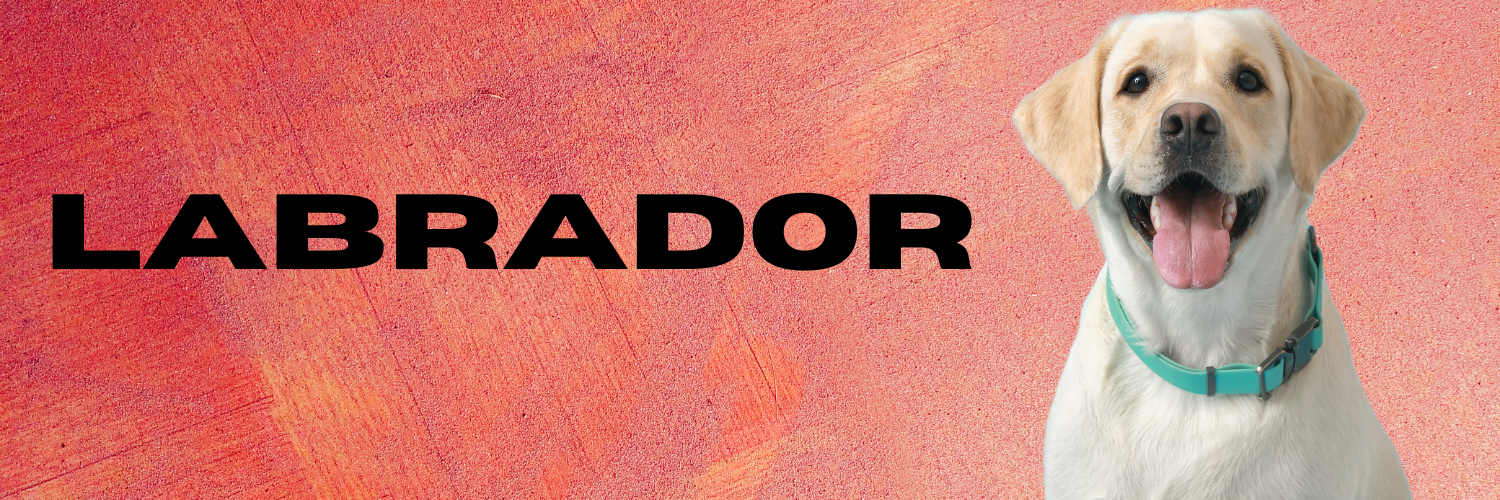
The Labrador Retriever: A Loyal Companion and Beloved Family Pet
The Labrador Retriever, often simply called the Labrador or Lab, is one of the most popular dog breeds in the world—and for good reason. Known for their friendly temperament, intelligence, and adaptability, Labradors are ideal family pets, excellent service animals, and reliable working dogs. Their versatility and gentle nature make them a top choice for dog lovers of all ages.
History and Origin
The Labrador Retriever originated in the early 1800s in Newfoundland, Canada—not Labrador, as the name might suggest. Originally known as the St. John’s Dog, these canines were bred by local fishermen to retrieve fish and nets from the icy Atlantic waters. Their waterproof coat and strong swimming ability made them perfect for the task.
In the 19th century, English noblemen visiting Canada brought some of these dogs back to England. They were further refined and standardized into the breed we recognize today. Eventually, the Kennel Club in the UK officially recognized the Labrador Retriever in 1903, and the American Kennel Club (AKC) followed suit in 1917.
Physical Characteristics
Labrador Retrievers are medium to large-sized dogs, typically weighing between 55 to 80 pounds and standing 21.5 to 24.5 inches tall at the shoulder. They have a sturdy build, with a broad head, expressive eyes, and strong jaws.
One of the most distinctive features of a Lab is its short, dense, water-resistant coat, which comes in three recognized colors:
Black
Yellow (ranging from pale cream to fox red)
Chocolate
Their “otter tail” is another trademark—a thick, tapering tail that helps them steer while swimming.
Temperament and Personality
Labradors are widely adored for their gentle, friendly, and eager-to-please nature. They are outgoing dogs who thrive on human interaction and are especially good with children and other pets. Because of their high intelligence and even temperament, they are often used as:
Guide dogs for the blind
Therapy dogs
Search and rescue dogs
Detection dogs (drugs, explosives, etc.)
Labs are highly trainable, making them ideal for first-time dog owners. They respond well to positive reinforcement and love participating in games and activities with their humans.
Exercise and Activity Needs
Labradors are high-energy dogs that require daily physical and mental stimulation. Without enough exercise, they can become bored and potentially destructive. A minimum of an hour of active play, walking, or swimming daily is recommended.
Labradors especially love:
Fetching games
Swimming
Running
Hiking
Agility or obedience training
Their natural retrieving instincts make them excellent partners for interactive play.
Health and Lifespan
Labrador Retrievers are generally healthy dogs, with a lifespan of 10 to 14 years. However, like all breeds, they are prone to certain genetic and environmental health conditions. Common health concerns include:
Hip and elbow dysplasia
Progressive retinal atrophy (PRA)
Obesity
Ear infections (due to their floppy ears and love for water)
Exercise-induced collapse (EIC)
To minimize health risks, it’s important to choose a reputable breeder who screens for genetic issues. Regular vet visits, a balanced diet, and proper exercise also contribute to a healthy life.
Grooming and Maintenance
Labradors have a double coat that sheds throughout the year, with heavier shedding during seasonal changes in spring and fall. While they are relatively low-maintenance compared to long-haired breeds, regular grooming is essential:
Brush their coat 2–3 times a week to remove loose fur and minimize shedding.
Bathe them every couple of months, or when dirty.
Clean ears weekly to prevent infections.
Brush teeth regularly to maintain dental health.
Trim nails to avoid overgrowth and splitting.
Feeding and Nutrition
Labs are food-motivated dogs, which helps with training but also makes them prone to weight gain. Feeding them a high-quality, portion-controlled diet is key to preventing obesity.
Puppies and adults have different nutritional requirements, so it’s essential to provide age-appropriate dog food. Always consult a vet to determine the right portion size and feeding frequency based on age, weight, and activity level.
Living Environment
Labrador Retrievers can adapt to many living situations, but they thrive in homes where they have space to move and play. A fenced yard is ideal. While they can live in apartments, it requires extra effort from the owner to ensure they get enough exercise and stimulation.
Labs are not ideal for people who are away from home for long hours, as they can develop separation anxiety or destructive behaviors from boredom and loneliness.
Training and Socialization
From an early age, Labradors benefit from obedience training and socialization. Their eagerness to please and intelligence makes them fast learners, but without structure, they can become overly energetic or mischievous.
Early exposure to different people, environments, sounds, and experiences helps Labs grow into well-adjusted adults. Puppy training classes and social playgroups are also great ways to reinforce positive behavior.
Fun Facts about Labrador Retrievers
Labradors have held the #1 spot as America’s favorite dog breed for over 30 years according to the AKC.
They are often seen in Hollywood films due to their trainability and expressive faces.
Labs have webbed feet, which aid in swimming.
They’re known to carry things gently in their mouths—a trait from their retrieving heritage.
